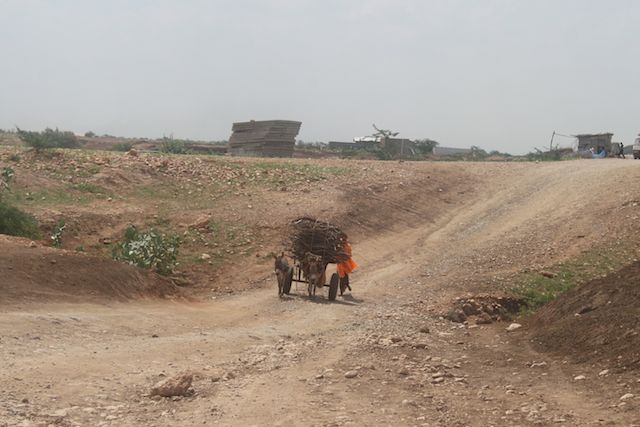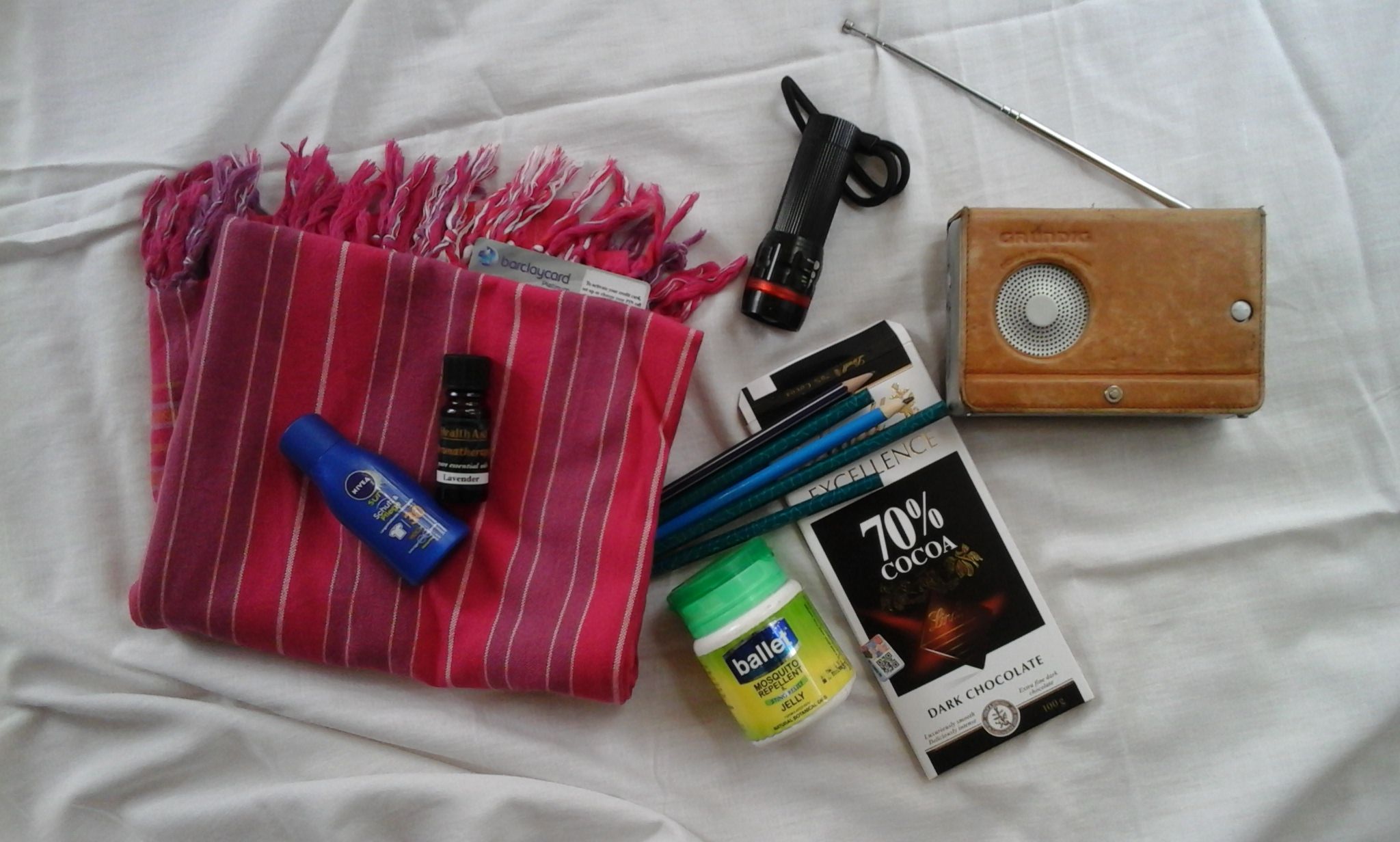When photos are priceless – TALES FROM THE FIELD
In the mid 1990s when digital cameras were a thing of the future, I sometimes went to the Nairobi Hospice to take photos of those in its care. I always went on a Thursday, which was a sort of open day, when family, friends and patients came together for lunch and a chat.
I used to take pictures of patients and families, with their permission, and return the following week with the printed photograph. This was my way of giving something to the hospice, which was in its early days, providing relief and respite for people with terminal illnesses. The photos became a final memory for those left behind.
Ten years later I was still taking photos, this time as part of my work, and with a digital camera. I am not a professional photographer. The pictures were meant to accompany my written stories, which was really the point. So they were taken ‘on the hoof’, in those moments when people were still looking natural, before they became self conscious about the camera. The subjects were usually NGO beneficiaries, sometimes interacting with NGO staff, always in an everyday moment. The idea was to give a feeling of normal lives.
So when in 2003, I took a picture of teenage boys and girls playing volleyball together in Mogadishu, I could not have known that when I visited the city 10 years later it would be difficult to find a scene like that. Instead I found a city still wary of Al Shabaab, which had recently been driven out, and behaving accordingly. Teenage girls and boys did not play sport together.

Equally, I have taken photos of inspirational people who, a few years, or even a few months later would be dead. Looking back I think if only I had known, I would have tried much harder.
Perhaps one of my favourite images was another taken in Mogadishu. I was there to write about fistula surgery at a women’s hospital. There was also a nursing school in the complex and one day I came across the senior nursing tutor chatting informally to a student.
What was significant about the picture I took, though it wasn’t as significant at the time, was that the nursing tutor was a Catholic nun while the student was a Muslim girl - to me they were just teacher and student caught in a moment of time. A couple of years later the nun was dead, shot as she crossed the road. The photo was displayed at her funeral service – a reminder of a more tolerant time.
The following year I was in Gulu in northern Uganda where I met a 15 year old girl on a tailoring course. Let’s call her Sarah. Sarah told me that both her parents were dead and that she was the oldest of six children. The youngest was still a toddler and the others were in and out of school.
Sarah took me to her home, where she lived with her siblings. I was told that the single room thatched hut was owned by a compassionate neighbour who let the children sleep there. I remember being numbed by the paucity of possessions in the one room they shared. In truth these children were just existing, surviving by the skin of their teeth, but now that Sarah was part of the tailoring course run by an NGO, they were above the radar and would be monitored.
I took a photograph of the young child-headed family and resolved to get a print made back in Nairobi, which I would take out on my next visit to Uganda.
I got the print as soon as I returned home and thought that I should put it in a frame, mainly to protect it. I bought a cheap gilt frame, not because I didn’t want to spend money, but because it seemed the right thing to do. I didn’t want the frame to be worth stealing or selling, but rather to keep the photo safe in Sarah’s vulnerable household.
As it happened it was almost a year before I went back to Gulu. One of the first things I did was to ask about Sarah and her family. Enquiries were made but she could not be found. It seems she had left Gulu, taking her youngest sister with her, and gone to live with a man in a town further north. I suppose he offered protection in some way - a tempting proposition for a 15 year old head of a family.
But the good news was that the family was still being monitored and the children were all at school. It was easy to find them and Sarah’s 14 year old brother Elias (not his real name) met me the same day. I gave him the framed picture, worried that the frame that I had considered cheap was still inappropriate in the poor surroundings.
I needn’t have been concerned. Elias’s face lit up when he saw the picture – a reminder of another time when the family was more complete. He was clearly going to treasure it. I thought back to the day a year earlier, when I had visited his house and snapped the image. While I couldn’t have known it at the time that photo may well be the most cherished I have ever taken.
NB. For privacy reasons the photos described above cannot be shown here.

.jpg)


.jpg)





Post a comment